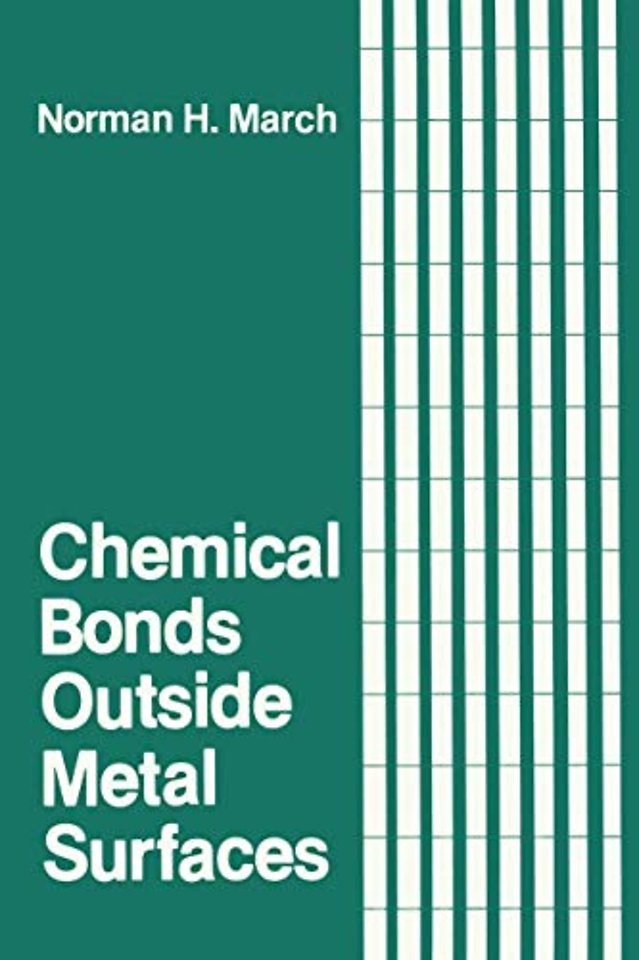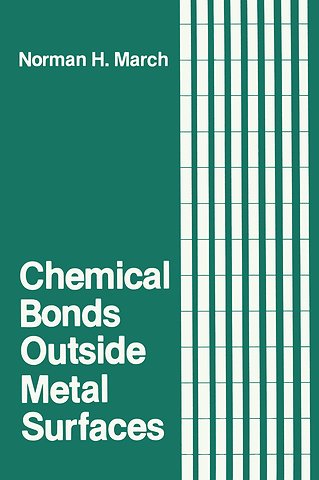Chemical Bonds Outside Metal Surfaces
Paperback Engels 2011 9781461292524Samenvatting
The problem of molecules interacting with metal surfaces has for a very long time been recognized to be of considerable technological as well as fundamental importance. Thus in the former category, a substantial number of important synthetic reactions for industrial purposes make use of metal surfaces as catalysts. Or again, problems of corrosion of metals are of great practical importance, such as in nuclear-reactor technology [see, for instance, my earlier articles, in: Physics Bulletin, Volume 25, p. 582, Institute of Physics, UK (1974); and in: Physics and Contemporqry Needs (Riazuddin, ed. ), Vol. 1, p. 53, Plenum Press, New York (1977)]. It is therefore of significance to strive to gain a more fundamental understand ing of the atomic, and ultimately the electronic, processes that occur when a molecule is brought into the proximity of a metal surface. The present volume focuses mainly on the theory and concepts involved; however, it is intended for readers in chemistry, physics, and materials science who are not specialists in theory but nevertheless wish to learn more about this truly interdisciplinary area of theoretical science. The aim of the book is to present the way in which valence theory can be synthesized with the understanding of metals that has been gained over the last half century or so. While advanced theory has at times been necessary, is largely presented in an extensive set of Appendixes.
Specificaties
Lezersrecensies
Inhoudsopgave
Rubrieken
- advisering
- algemeen management
- coaching en trainen
- communicatie en media
- economie
- financieel management
- inkoop en logistiek
- internet en social media
- it-management / ict
- juridisch
- leiderschap
- marketing
- mens en maatschappij
- non-profit
- ondernemen
- organisatiekunde
- personal finance
- personeelsmanagement
- persoonlijke effectiviteit
- projectmanagement
- psychologie
- reclame en verkoop
- strategisch management
- verandermanagement
- werk en loopbaan

